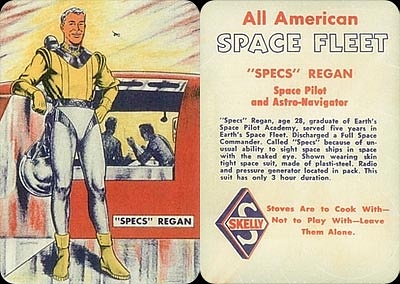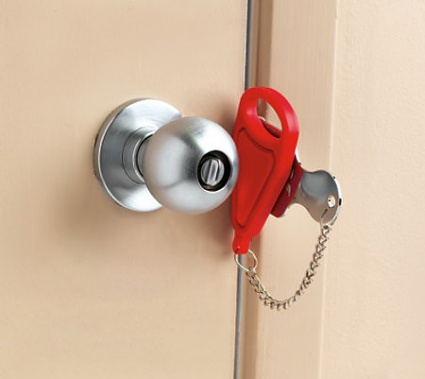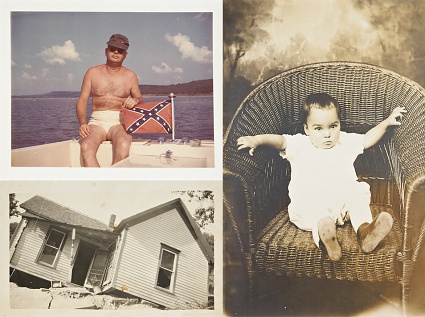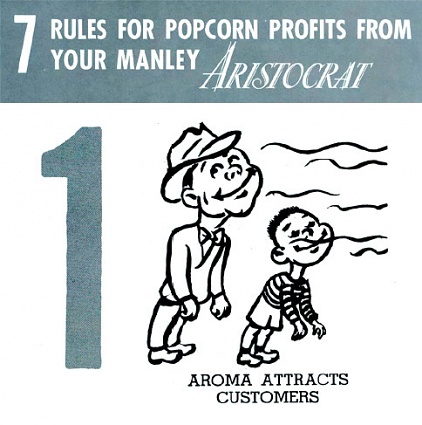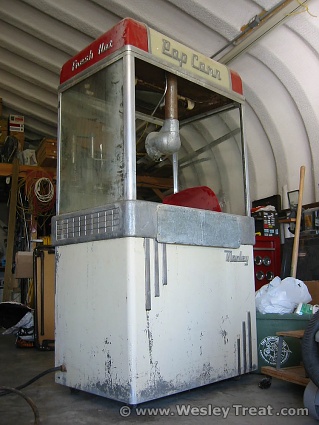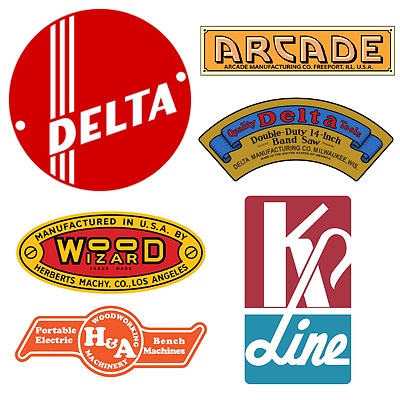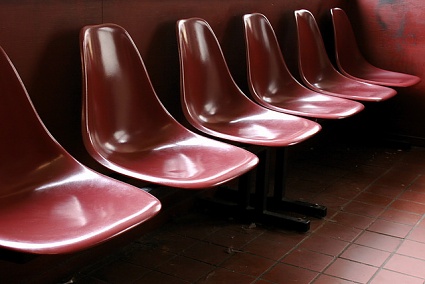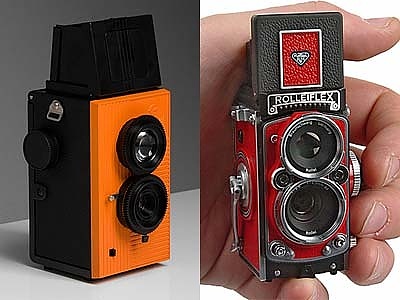In the early 1950s, just prior to the beginning of that great era we refer to as the Space Age, Skelly gas stations distributed a fantastically campy series of science-fiction trading cards titled the All American Space Fleet.
The cards, 24 in all, comprise various space-faring characters boasting such heroic names as "Specs" Regan, who appears to be sporting a little too much gray for his alleged 28 years, and "Curly" Carson, pictured with his diapered Martian friend "Grog." The only woman to appear in the series is Jane Joy, who is "still attending Stewardess School."
The majority of the set featured a variety of far-out spaceships like the Asteroid King, the Cosmic Needle and the Sky Shark, each of which had its imaginary function and specifications listed on the back of the card, along with helpful reminders to "Never, Never Play With Anything Electrical" and to never "Run or Play Hard with Things in Your Mouth."
What's your favorite?




